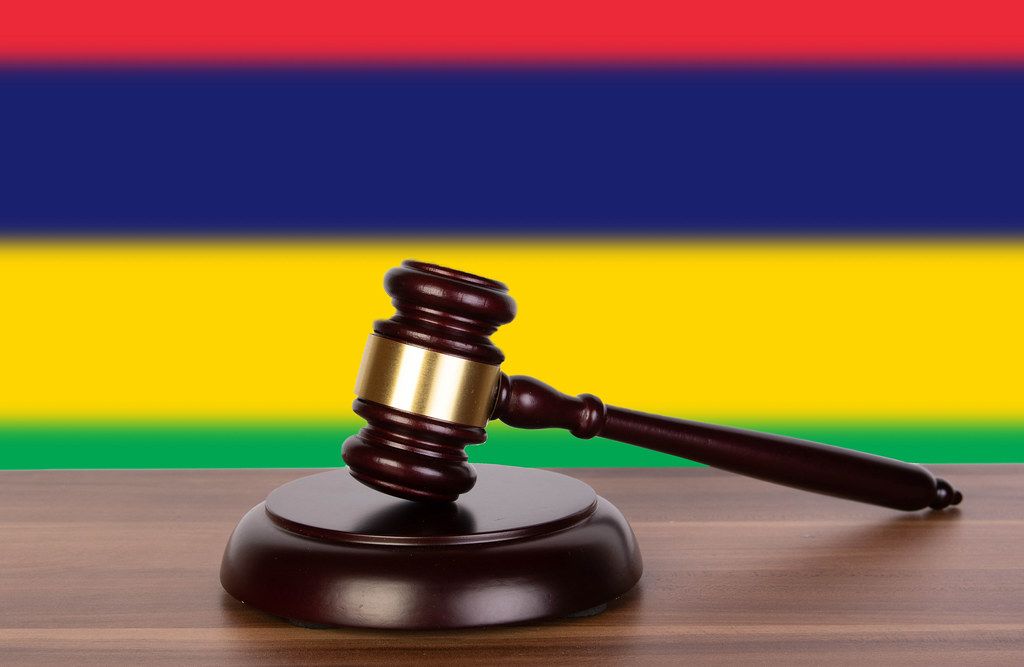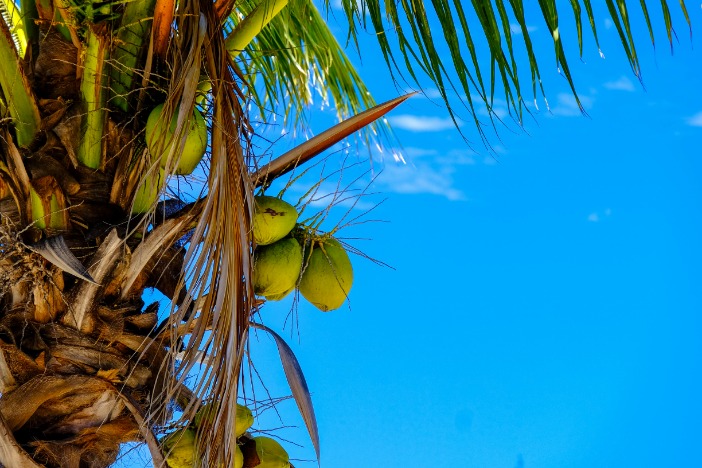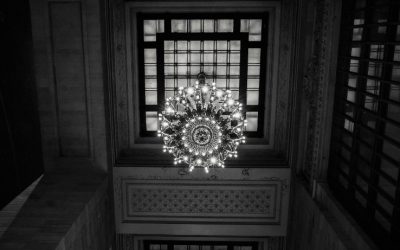Historical Background of Creole Mauritius
Creole Mauritius is a vibrant reflection of the island’s rich historical and cultural tapestry. Its origins can be traced back to the era of colonialism, where African, Malagasy, Indian, and European influences blended to shape a unique linguistic and cultural identity. Over centuries, the Creole language and traditions developed through the interactions of enslaved Africans, indentured laborers, traders, and colonizers, culminating in a distinctive way of life that continues to define the island’s heritage today.
Origins and Evolution of Creole Language
Creole Mauritius has a rich historical background rooted in the colonial era, marked by the arrival of different groups of people, including enslaved Africans, indentured laborers from India, and European settlers. These diverse populations brought with them their languages and cultures, which over time blended to form the unique cultural identity of Mauritius. The Creole language, as it is known today, originated primarily from the linguistic interactions between West African and Malagasy slaves and the French colonizers during the 18th century. It emerged as a means of communication among slaves and between slaves and colonizers, simplifying and adapting elements from French, African languages, Malagasy, and other influences.
Throughout the 19th century, the evolution of Creole Mauritius reflected the social and political changes on the island. Despite the dominance of French and other European languages in official settings and education, Creole remained the lingua franca of the majority of the population, especially in informal contexts. The language incorporated vocabulary from French, African languages, and later, Indian languages, showcasing its dynamic and adaptable nature. Over time, Creole Mauritius gained recognition as an essential component of national identity, serving as a symbol of cultural unity and resilience amidst the island’s diverse heritage. Today, Creole Mauritius continues to evolve, playing a vital role in the cultural and social landscape of the island.
Colonial Influence and Cultural Interactions
Creole Mauritius has a rich historical background shaped by centuries of colonial influence and diverse cultural interactions. The island’s history begins with the arrival of European explorers, primarily the Portuguese, followed by the Dutch, French, and British, each leaving a lasting impact on its development. The French established a plantation economy based on sugar cultivation, bringing enslaved Africans to work the fields, which profoundly influenced the island’s demographic and cultural landscape. When the British took control in the early 19th century, they continued the plantation system, further integrating different cultural groups. Over time, the blending of African, Malagasy, Indian, Chinese, and European influences led to the emergence of Creole culture, characterized by unique languages, traditions, and social practices. The Creole language itself evolved as a linguistic fusion, incorporating elements from various colonial languages and local dialects, serving as a symbol of the island’s diverse historical interactions. These colonial legacies and intercultural exchanges have played a pivotal role in shaping modern Creole Mauritius, making it a vibrant mosaic of cultures and histories.
Development of Unique Linguistic Identity
Creole Mauritius has a rich historical background that reflects the island’s colonial past and multicultural composition. The creole language developed primarily during the 18th and 19th centuries as slaves, indentured laborers, and settlers from Africa, Madagascar, India, China, and Europe interacted on the island. These diverse groups brought their languages and cultural practices, which gradually blended to form a distinct linguistic identity. The creole language served as a common means of communication among the different communities, fostering social cohesion and cultural expression. Over time, it evolved into a fully developed creole language, incorporating elements from French, African languages, Malagasy, Hindi, Chinese dialects, and English. The development of this unique linguistic identity was also influenced by the socio-political context, including efforts to preserve cultural heritage and the recognition of creole as a vital symbol of Mauritian identity. Today, Creole Mauritius stands as a testament to the island’s diverse history and the resilience of its people’s cultural expression.
Linguistic Features of Creole Mauritius
Creole Mauritius, also known as Mauritian Creole, is a vibrant linguistic blend that reflects the island’s diverse cultural history. Rooted in French, with significant influences from African, Malagasy, Indian, and Chinese languages, it serves as a key marker of identity for Mauritians. The creole’s unique phonetic, lexical, and grammatical features exemplify its dynamic evolution and cultural significance in Mauritius today.
Phonology and Pronunciation
The phonology and pronunciation of Mauritian Creole reflect a unique blend of influences from French, African languages, Malagasy, and other linguistic sources. Mauritian Creole typically features a simplified vowel system with five primary vowels, which are often pronounced distinctly compared to their French counterparts. Consonant sounds are generally similar to those in French, but some are simplified—for instance, the absence of certain nasal vowels and the pronunciation of nasalized vowels as homophones with non-nasalized vowels. The rhythm and intonation patterns in Mauritian Creole tend to be syllable-timed, contributing to a rhythmic and melodic speech flow. Stress usually falls on the last syllable of a word, influencing the overall pronunciation. Additionally, the pronunciation of some consonants can vary regionally or depending on the speaker’s influence, but overall, the phonological system emphasizes clarity and simplicity, making Mauritian Creole accessible and distinct within the linguistic landscape of the island. This distinctive phonological profile plays a key role in shaping the identity and cultural expression of its speakers.
Vocabulary and Lexicon
Creole Mauritius, also known as Mauritian Creole, exhibits distinctive linguistic features that set it apart from other creole languages. Its vocabulary and lexicon are primarily derived from French, reflecting the historical influence of French colonization. However, it also incorporates elements from African languages, Malagasy, Portuguese, and Indian languages, enriching its lexical diversity. The lexicon includes everyday terms related to family, nature, food, and social interactions, often adapted to local contexts. Despite its French roots, Mauritian Creole has developed unique expressions and idioms that are deeply embedded in the culture and identity of the Mauritian people. This blend of linguistic influences has resulted in a vibrant and dynamic vocabulary that continues to evolve with the island’s multicultural society.
Grammatical Structure and Syntax
Creole Mauritius, also known as Mauritian Creole, is a French-based creole language spoken primarily on the island of Mauritius. Its grammatical structure exhibits distinctive features that differentiate it from its European and African linguistic roots. The syntax of Mauritian Creole is relatively simple, characterized by a subject-verb-object order similar to other creoles. Verbs generally do not conjugate for tense; instead, tense is indicated through separate particles placed before the verb, such as “inn” for past, “ké” for present, and “a” for future.

The language has a streamlined noun phrase structure, often lacking definite or indefinite articles, though “e” is commonly used as an indefinite article. Pluralization typically relies on repetition or context rather than specific morphological markers. Pronouns are straightforward and consistent, with simple forms like “mo” for “I,” “to” for “you,” and “laz” for “they.” Sentence construction frequently employs particles and modifiers that follow a fixed order, reflecting its creolized nature, which simplifies both syntactic and grammatical rules.
Overall, Mauritian Creole’s grammatical system is characterized by its minimal inflection, reliance on particles for tense and aspect, and a straightforward sentence structure, making it accessible and adaptable for its speakers. These features allow for efficient communication and reflect the language’s development as a contact language that blends elements of French, African languages, and other influences.
Distinctive Idioms and Expressions
Creole Mauritius is a vibrant language that reflects the island’s rich cultural history and diverse influences. Its linguistic features include simplified grammar structures, a phonetic pronunciation system, and extensive borrowing from French, African languages, and English. The creole often features reduplication for emphasis and uses a distinctive set of vocabulary that sets it apart from standard English. Additionally, the language incorporates unique idioms and expressions that convey cultural values and social nuances specific to Mauritius.
Cultural Significance of Creole Mauritius
Creole Mauritius holds a profound cultural significance as a vibrant reflection of the island’s diverse historical influences. It embodies the fusion of African, French, Indian, and Malagasy traditions, creating a unique linguistic and cultural identity. This cultural tapestry is celebrated through music, dance, cuisine, and everyday life, making Creole Mauritius an essential part of the nation’s heritage and social fabric.
Role in National Identity and Heritage
Creole Mauritius holds profound cultural significance as a reflection of the island’s diverse historical roots and multicultural heritage. It originated from the blending of African, Malagasy, European, and Asian influences, embodying the unique identity of the Mauritian people. The language and traditions associated with Creole Mauritius serve as vital symbols of unity and shared history, fostering a sense of belonging among residents and serving as a bridge between various communities.
In the context of national identity, Creole Mauritius plays a central role in uniting the population beyond ethnic divisions. It is a marker of cultural resilience and pride, representing the island’s collective journey through colonization, slavery, and migration. Recognized as an essential part of the nation’s heritage, Creole language and practices are celebrated through music, dance, festivals, and oral traditions, which help preserve the island’s cultural diversity and promote social cohesion.
Overall, Creole Mauritius is more than a language; it is a vital expression of the island’s identity that continues to shape and enrich the national story. It serves as a living testament to the resilience, creativity, and unity of the Mauritian people, ensuring that their shared heritage remains vibrant for future generations.
Implementations in Music, Dance, and Arts
Creole Mauritius holds a rich cultural significance, reflecting the diverse history and multicultural identities of the island. It embodies the blending of African, Malagasy, European, and Asian influences that have shaped the island’s social fabric over centuries. This cultural amalgamation is vividly expressed through various forms of artistic expression, fostering a sense of identity and community among Creole Mauritians.
In music, Creole Mauritius is renowned for genres such as Sega, which is characterized by lively rhythms, melodic vocals, and traditional instruments like the perroquet, ravanne, and triangle. Sega music often narrates stories of love, history, and everyday life, serving as a powerful means of cultural expression and preservation. The songs are typically performed during festivals, celebrations, and social gatherings, reinforcing community bonds.
Dance plays a crucial role in expressing Creole heritage, with Sega dance being the most iconic. This dance features rhythmic movements that mirror the music’s lively beats, often involving swaying hips, hand gestures, and communal participation. It is a vital component of social and religious ceremonies, symbolizing resilience and joy despite historical hardships.
The arts of Creole Mauritius, including painting, sculpture, and craftwork, are influenced by the island’s multicultural legacy. Artistic expressions often incorporate vibrant colors, traditional motifs, and narratives that depict history, mythology, and daily life. These arts serve not only as aesthetic pursuits but also as tools for preserving and celebrating Creole identity, passing cultural knowledge from generation to generation.
Festivals and Celebrations Emphasizing Creole Culture
Creole Mauritius holds a vibrant and integral place in the island’s cultural identity, reflecting a rich history of diverse influences and a unique way of life. The Creole community contributes significantly to the nation’s cultural fabric through its language, traditions, and customs that are celebrated and preserved across generations. This cultural heritage is especially evident during festivals and celebrations, which serve as lively expressions of Creole identity and pride.
Major festivals such as Cavadee, Maha Shivratri, and Divali are widely celebrated by the Creole community, showcasing their deep-rooted religious beliefs and cultural practices. Additionally, the annual Festival Kreol, held in October, is dedicated to promoting and appreciating Creole language, music, dance, and cuisine. This event highlights the vibrant creativity and resilience of Creole culture, bringing communities together in celebration of their shared heritage.
Music and dance play a crucial role in Creole festivities, with traditional genres like sega and maloya providing a rhythmic backdrop to their celebrations. These performances often feature lively drumming, singing, and dance, fostering a sense of unity and cultural pride. Through these festivals and cultural expressions, Creole Mauritius actively preserves its unique identity while sharing its rich traditions with the wider national and international community.
Current Status and Preservation Efforts
The current status of Creole Mauritius reflects a vibrant cultural identity that continues to thrive amidst various challenges. Preservation efforts are actively underway to safeguard its unique language and traditions, recognizing their importance to national heritage. These initiatives aim to promote awareness, encourage use within communities, and support educational programs to ensure that Creole Mauritius remains a vital part of the island’s cultural landscape for future generations.
Recognition and Legal Status
Creole Mauritius, also known as Mauritian Creole, is an integral part of the island’s cultural heritage, spoken by a significant portion of the population. Currently, it remains the most widely spoken language among Mauritians, serving as a lingua franca that unites diverse communities. Preservation efforts include cultural initiatives, language promotion programs, and inclusion in educational curricula to maintain and foster the use of Creole Mauritius. These initiatives aim to safeguard the language amidst increasing global influences and linguistic shifts.
Recognition and legal status of Creole Mauritius have seen gradual progress. Although it was historically marginalized, the language is now acknowledged as a vital component of the nation’s cultural identity. The government and cultural organizations have worked to recognize Creole Mauritius through official platforms, media, and literature. While it has not yet achieved official status as an official language alongside English, French, and others, ongoing efforts continue to promote its recognition and preservation as a key element of Mauritius’s multicultural heritage.
Educational Use and Language Promotion
The current status of Creole Mauritius, also known as Mauritian Creole, is that it remains the most widely spoken language on the island, serving as a common means of communication among different communities. Despite its widespread use in daily life, it has historically been considered a lesser status language compared to English and French; however, recent efforts aim to elevate its recognition and usage. Preservation efforts include initiatives to document and standardize the language, promote its use in media, literature, and cultural events, and encourage its teaching in local schools. Educational use of Creole Mauritius has been increasingly incorporated into school curricula to foster cultural identity and linguistic pride among younger generations. In terms of language promotion, various cultural organizations and government programs actively support the use of Creole through broadcasting, festivals, literary contests, and public awareness campaigns. These efforts aim to ensure the vitality and continued relevance of Creole Mauritius in the nation’s cultural landscape and everyday life.
Challenges to the Survival of Creole Mauritius
Creole Mauritius remains a vibrant symbol of the island’s cultural heritage, but its current status is precarious due to various social and linguistic pressures. Despite its historical significance and widespread use among the local population, the language faces challenges in maintaining its vitality amidst the dominance of official languages like English and French. Preservation efforts have been initiated through cultural organizations, educational programs, and community initiatives aimed at promoting and revitalizing Creole Mauritius. These efforts include the inclusion of Creole in media, literature, and public events to foster a sense of pride and identity among speakers. However, challenges persist, such as limited institutional support, the influence of globalization, and the declining number of fluent speakers among younger generations. Ensuring the survival of Creole Mauritius requires sustained dedication, policy support, and awareness campaigns to valorize the language and prevent its gradual erosion over time.
Initiatives for Cultural and Linguistic Preservation
The current status of Creole Mauritian is that it remains a vital part of the island’s cultural identity, spoken by the majority of the population. Despite its widespread use, it has historically faced challenges in formal recognition and educational integration. Preservation efforts focus on maintaining the language’s vibrancy through community initiatives, local media, and educational programs. Various organizations promote the use of Creole Mauritian in arts, literature, and daily communication to reinforce its cultural significance. Additionally, initiatives aim to document and standardize the language to ensure its transmission to future generations. Overall, sustained community engagement and government support are key to preserving and revitalizing this important linguistic heritage.





0 Comments